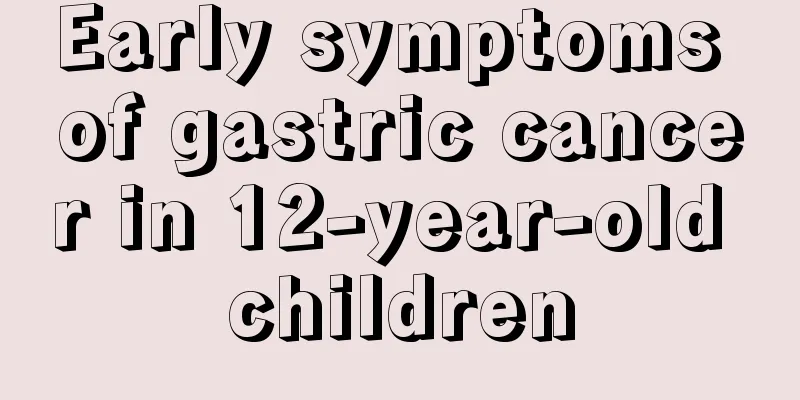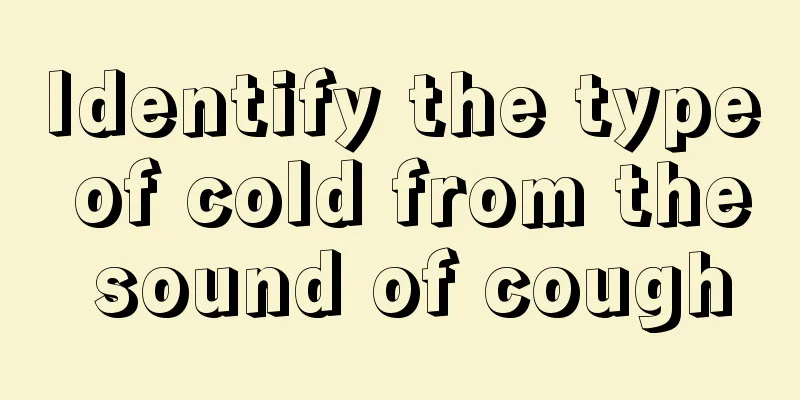What are the effects of swallowing disorders

|
There are many diseases, big and small, in life that can cause such problems. It takes a process from the initial lack of understanding to the final comprehensive understanding of the disease, especially dysphagia. Many people do not think that the initial symptoms are this disease, which may make people mistakenly think that they only have tracheal or esophageal diseases. In fact, dysphagia affects more than 10 million people every year abroad. It will change the normal somatic reflexes of the body and make it difficult to control the functions of the oral cavity, throat, and esophagus. Therefore, dysphagia will cause dehydration, malnutrition, aspiration pneumonia, and may also cause the risk of suffocation. Severe cases will cause choking and coughing. It is necessary to receive treatment early. Overview Swallowing disorders (or dysphagia) refer to the inability to move food from the mouth into the stomach, excluding food intake (feeding disorder refers to the inability to take food into the mouth) and abnormal gastric emptying (blockage of the gastric outlet, inability of food to enter the small intestine from the stomach). In the United States, 10 million people suffer from dysphagia each year. Swallowing is one of the most complex somatic reflexes and requires good coordination of the oral cavity, pharynx, larynx and esophagus. Swallowing disorders can lead to dehydration, malnutrition, aspiration pneumonia (which can occur repeatedly), and even death from suffocation. From the beginning of swallowing to the time when food reaches the cardia, it takes only a few seconds to go through the above complex process. This shows that when a certain link in the swallowing reflex arc of normal humans is damaged, dysphagia will occur. Some patients with dysphagia may die because the swallowed food often enters the trachea by mistake, causing lung infection, the so-called aspiration pneumonia. Therefore, if swallowing becomes uncoordinated and choking and coughing occur during swallowing in the early stages of the disease, attention should be paid and early examination and treatment should be sought. Swallowing Physiology Normal physiological swallowing action is completed by the central nervous system and cranial nerves V, VII, IX, XI, XII and cervical plexus. Swallowing is divided into: (1) Preparation: Food is chewed and manipulated by the lips, teeth, jaw, tongue, cheek muscles, hard palate, and soft palate respectively. (2) Oral phase: Food on the tongue is actively moved to the back of the mouth, and the tongue pushes the food into the pharynx. (3) Pharyngeal phase: Food is transported from the pharynx to the esophagus. This is a reflex activity. (4) Esophageal phase: The food bolus enters the stomach through the esophagus due to gravity and esophageal peristalsis. Causes Various factors that affect normal swallowing physiology can lead to swallowing disorders, such as fear of swallowing due to pain in the oropharynx; esophageal obstruction and extraesophageal compression; pharyngeal and soft palate sensory disorders; and swallowing disorders caused by myopathic or psychogenic diseases. This chapter mainly introduces the swallowing disorders caused by neurological diseases that are more common in rehabilitation work, which are manifested as weakened oral control and food chewing ability; delayed swallowing reflex; residual food left in the pharynx after swallowing; and residual food inhaled into the trachea during swallowing. assessment (1) Screening for the presence of swallowing disorders; (2) Provide evidence for the etiology of dysphagia and its anatomical and physiological changes; (3) determine whether the patient has risk factors for aspiration; (4) determine whether changes are needed in the means of providing nutrition; (5) Recommend auxiliary tests and necessary procedures for the diagnosis and treatment of dysphagia. Assessment Method Lateral pharyngeal image shows the pharyngeal esophageal segment displayed during dynamic angiography (the length between the two arrows is the length). General evaluation before ingestion 1) Underlying diseases: Understanding the occurrence and development of different underlying diseases such as brain injury, tumors, myasthenia gravis, etc. is conducive to adopting different rehabilitation methods. 2) General condition: Pay attention to fever, dehydration, low nutrition, respiratory status, physical strength, disease stability and other issues, and confirm whether the patient is suitable for food intake 3) Level of consciousness: Use Glasgow Coma Scale to evaluate the state of consciousness and confirm whether the patient's level of consciousness is sufficient for awake eating and whether it changes over time. 4) Higher brain functions: observe whether there are any problems with language function, cognition, behavior, attention, memory, emotion and intelligence level. Swallowing function assessment 1) Oral function: carefully observe the opening and closing of the mouth, lip closure, tongue movement, presence of drooling, soft palate lifting, swallowing reflex, vomiting reflex, tooth condition, oral hygiene, articulation, phonation (open nasal sound: soft palate paralysis; wet hoarseness: saliva residue on the upper part of the vocal cords), oral perception, taste, voluntary coughing, etc. 2) Swallowing function: There are two types of tests that can be performed at the bedside: ① "Repeated saliva swallowing test": The person being examined should sit or relax in bed. The examiner places his fingers on the Adam's apple and hyoid bone of the person being examined, and asks him to swallow repeatedly as quickly as possible, observing the number of times the Adam's apple and hyoid bone pass over the fingers, move forward and upward, and then return to their original position within 30 seconds as the person swallows. Elderly patients only need to do this 3 times. ② “Water drinking test”: ask the patient to drink a teaspoon of water. If there is no problem, ask the patient to sit down and swallow 30 ml of warm water in one gulp. Record the water drinking situation: I. Can drink it all in one gulp without choking; II. Drink it all in two or more times without choking; III. Can drink it all in one go, but chokes; IV. Drink it all in two or more times with choking; V. Often chokes and has difficulty drinking all. In case I, if the drink is finished within 5 seconds, it is normal; if it exceeds 5 seconds, swallowing disorder is suspected; case II is also suspicious; cases III, IV, and V definitely indicate swallowing disorder. |
<<: What are the dangers of frequent hair dyeing
>>: Does cognitive impairment affect memory?
Recommend
The efficacy and function of frog grass
Speaking of frog grass, rural people may be more ...
What does it mean if the dream is very real
Dreaming is a phenomenon that almost everyone has...
There are particles in the semen
Male semen is a liquid that is discharged through...
How is finger bone development completed?
Hands are an indispensable organ for us humans. O...
Sequelae of glioma surgery
Common sequelae, or complications, after surgery ...
The difference between ice wine and wine
Ice wine is very suitable for making desserts. Ic...
Symptoms and signs of advanced lung cancer
The symptoms and signs of advanced lung cancer ar...
Do you know these life hacks that work all the time
There are many tips in our lives, and the existen...
What is the difference between urea and urea nitrogen?
Urea and urea nitrogen are easily confused just f...
Clothing combinations for girls with short hair
In the past two years, the Japanese style has bee...
How to prevent cancer and malignant tumors
Among various diseases, cancer is the number one ...
What's going on with 50 shoulders
Many people suffer from frozen shoulder, which ac...
Five tips to keep away sleepiness in summer
As the saying goes, "Spring makes you sleepy...
Why does my lower abdomen bloating and pain occur? Beware of these reasons
Lower abdominal pain is a common symptom, and man...









